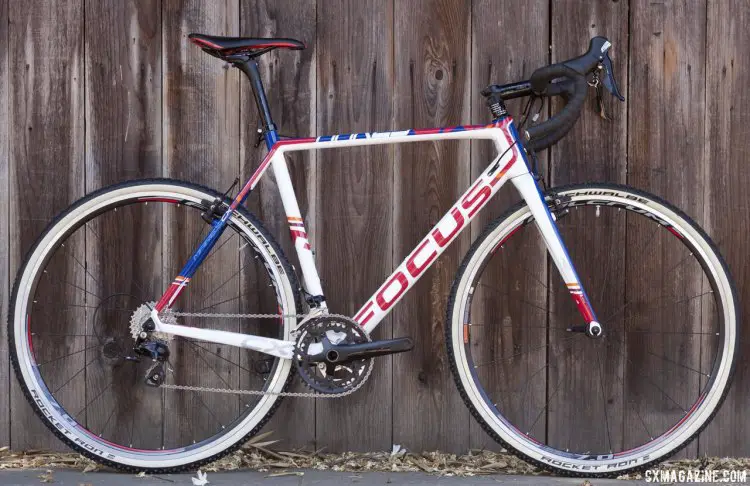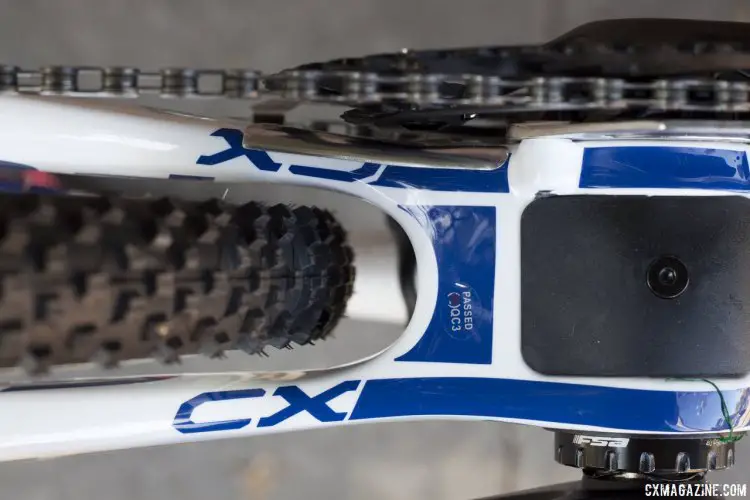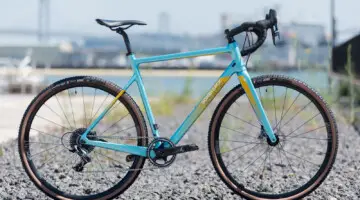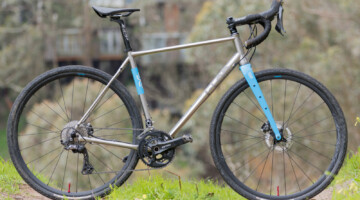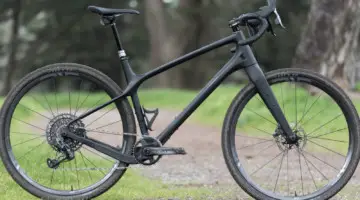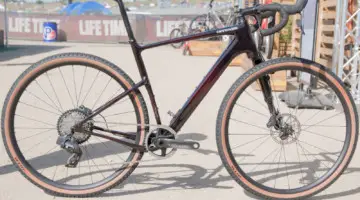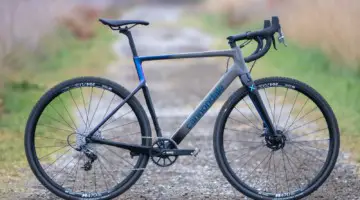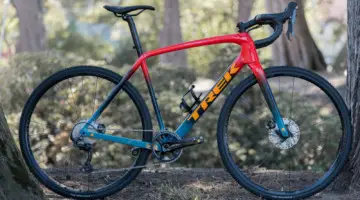Today we offer a sneak peek of our extensive review of Focus’ Mares CX 3.0: be sure to see our full review in Issue 27 (also available instantly on here and on iTunes). You can also see our First Look of the Focus Mares at 2014 Sea Otter.
Think this deserves to be called your dream bike? Don’t miss your chance to vote in our 2015 Reader’s Choice Awards today. You can also vote for Mares-equipped riders and teams such as the Jam Fund/NCC and Noosa Professional Cyclocross.
The first Focus Mares Team we tested in Issue 8 was an impressive bike. It was one of the earliest tapered steerer carbon bikes we rode, and we found it to be a fast, efficient and aggressive race bike that was equally at home on a cyclocross course and on the road with slicks due to its aggressive geometry (short head tube and low, 7cm bottom bracket drop). We tested a more-affordable version in Issue 16, complete with Shimano 105 components, a predecessor to the bike and frame tested in this issue.
While the past two bikes were impressive and well-reviewed, there were two things that we didn’t love on the original Mares cyclocross machines: First, the tapered steerer and massive fork didn’t chatter, but was ultra-stiff, a bit too stiff for our off-road adventures and racing. Second, the head tubes were pretty short on those bikes, making us quickly feel like old men because we needed to use all the spacers to find a comfortable position. Even Jeremy Powers’ setup was not the “slam-that-stem” setup typically seen on many pro setups.
Now that everyone has carbon cyclocross bikes with tapered steerers, we were curious to see how Focus Bicycles would update their Mares line.
The Frame:
After getting a first look of the new Mares at the 2014 Sea Otter Classic, it was immediately obvious that Focus has addressed one of our concerns. Powers and cyclocross legend Mike Kluge walked us through the changes. Head tubes got taller, thankfully, and the center of gravity also moved up, as the low bottom bracket moved up from a 7cm drop to a 6.5cm drop. The bike also lost weight, added thru axles on disc models and added a huge metal plate to prevent and protect against chain drops.
Powers pointed out that the bikes got longer. The geometry, even at a first glance, reveals that the Mares got way longer, and the size Large now has a 1.5cm longer top tube. Just because you fit a Large in years prior doesn’t mean you should assume that you’d ride the same size in the 2015 design. Focus added two sizes for the season, going from four sizes to six, and last year’s Large is now a Medium. If you take those size changes into account and compare the 2015 Medium to the prior Large, you’ll see that both bikes have a 56cm seat tube, and a 55.5cm effective top tube. However, when you note that the seat angle got steeper on the redesigned frames, relative to the bottom bracket position, the new frames have gotten a tad longer—about a half a centimeter.
Focus also made the switch from a BB30 bottom bracket to a PF30. The one downside to all the changes is that there’s now a noticeable shelf behind the bottom bracket, where the front derailleur cable runs through. The previous model, with top tube routed cables, had a nicely sculpted bottom bracket/chainstay junction without a horizontal surface to collect mud.













